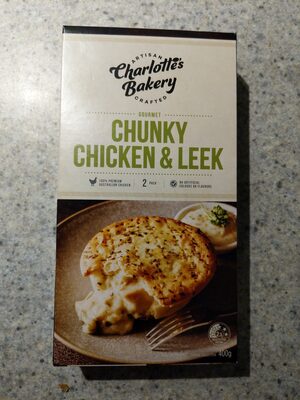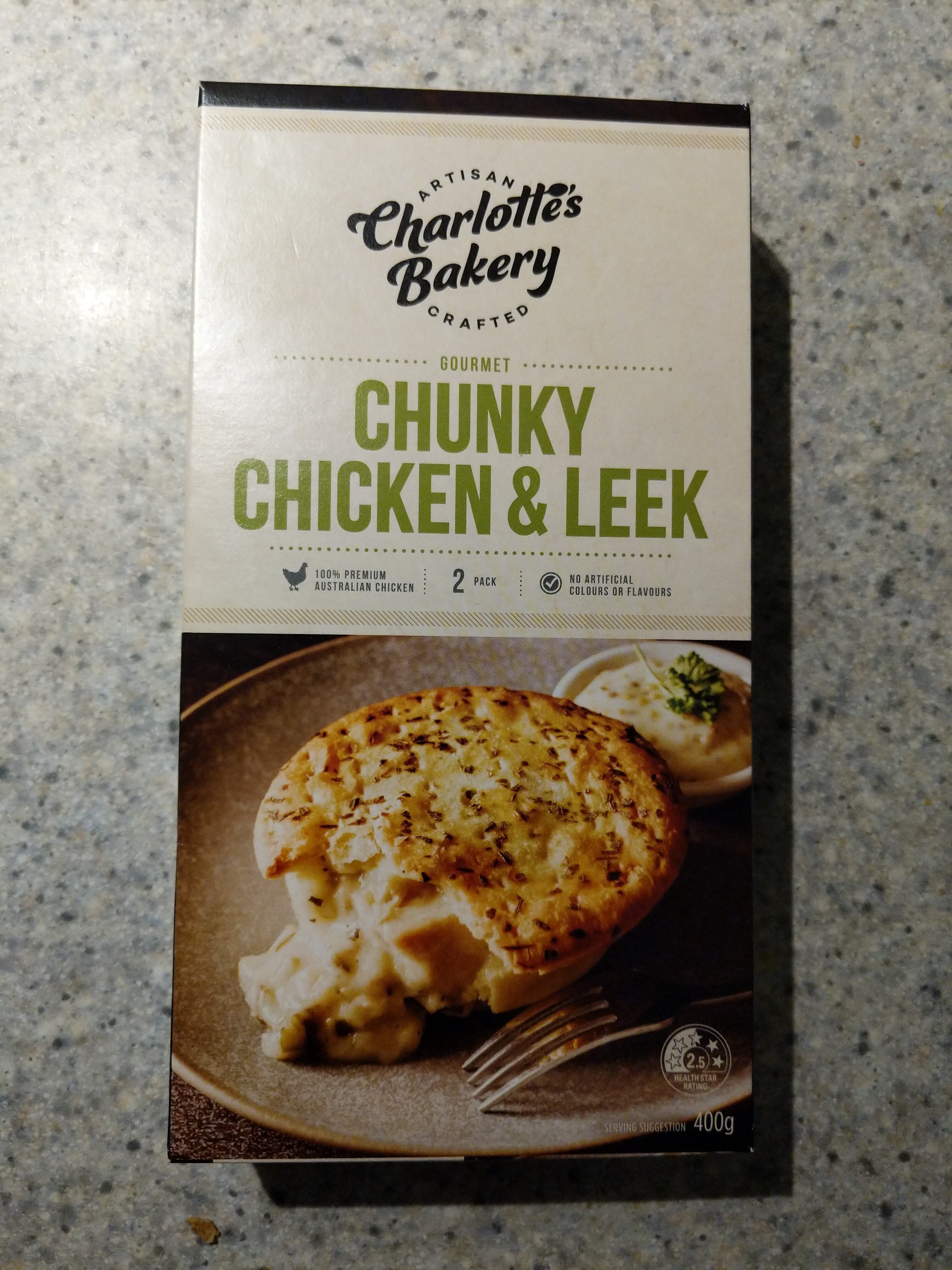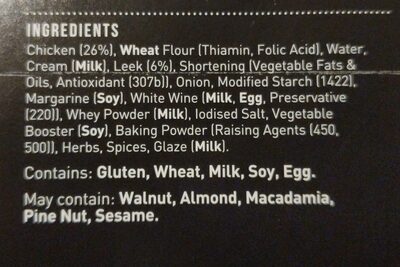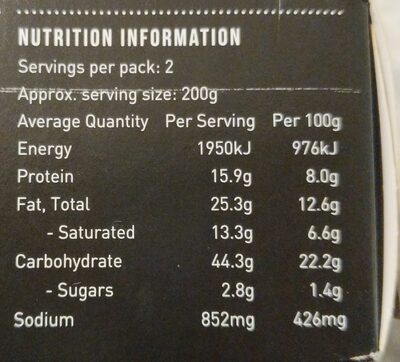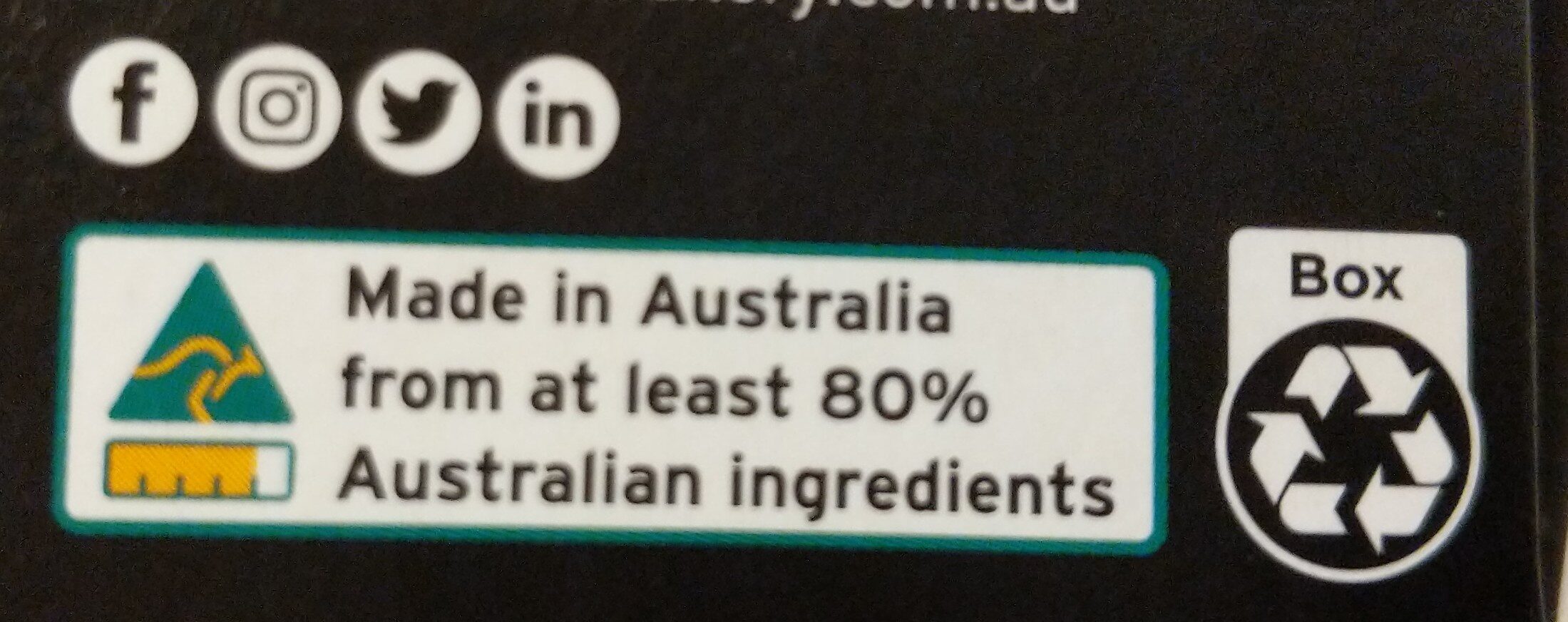Gourmet Chunky Chicken & Leek - Charlotte's Bakery - 400g
Barcode: 9318677002113 (EAN / EAN-13)
Quantity: 400g
Packaging: Box
Brands: Charlotte's Bakery
Categories: Frozen foods, Meals, Pizzas pies and quiches, Frozen pizzas and pies, Frozen pies
Labels, certifications, awards:
Australian made, Health Star Rating, Health Star Rating 2.5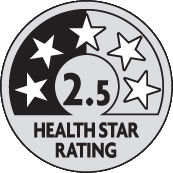
Origin of ingredients: Australia
Countries where sold: Australia
Matching with your preferences
Report a problem
Data sources
Product added on by trolley
Last edit of product page on by roboto-app.
If the data is incomplete or incorrect, you can complete or correct it by editing this page.
